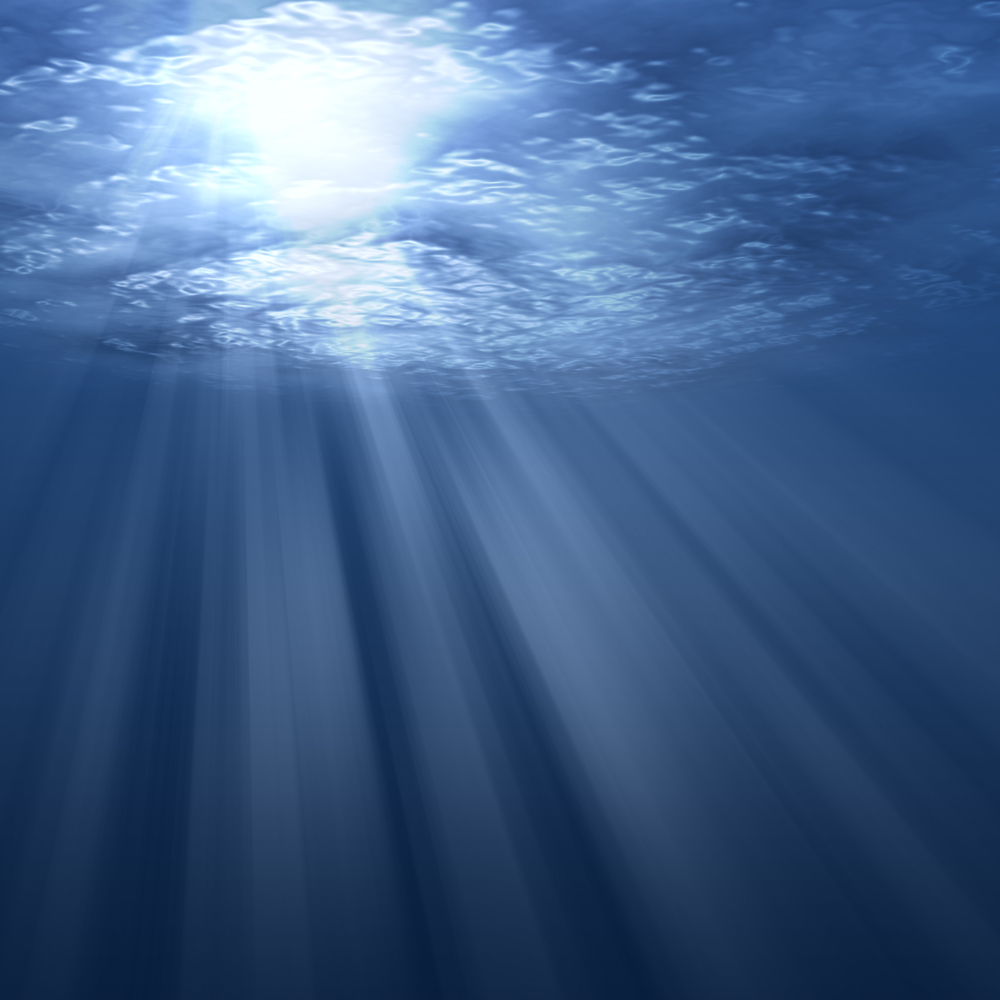Water Worlds Around Other Stars Could Have Oceans 1000 Kilometers Deep
Posted on Categories Discover Magazine

Back in 2015, the Kepler Space Telescope spotted a strange planet orbiting a red dwarf in the constellation of Leo, some 100 light years from Earth. K2-18b, as it was designated, is about eight times more massive than Earth with twice the radius, making it a type of planet astronomers call a mini-Neptune. It orbits its parent star in just 33 days, placing it firmly within the habitable zone, the region around a star where liquid water can exist.
Precise conditions on such a planet are impossible to determine. But astronomers can place limits on what is possible and what isn’t. And that’s when they realized that K2-18b was far from ordinary.
Until then, astronomers believed all planets fell into the category of gas giant, like Jupiter, Saturn and Neptune, or rocky body, like Earth, Mars and Venus. But K2-18b allowed for another possibility — that it was entirely covered by an ocean of water hundreds of kilometers deep.
Water Worlds
Astronomers quickly realized that this kind of water world represented an entirely new kind of planet, one that does not exist in our Solar System but may be common in others. They called them Hycean worlds and began the search for more, starting with further detail about K2-18b.
Now Frances Rigby and Nikku Madhusudhan at the University of Cambridge in the UK have characterized the limits of conditions likely to exist on Hycean worlds in the habitable zone. These habitable ocean worlds turn out to be far more exotic than originally conceived. “These planets significantly widen the range of planetary properties over which habitable conditions could exist,” they say.
Rigby and Madhusudhan focus on five exoplanets spotted by space telescopes that have the potential to be Hycean, including K2-18b. They then model the depth and temperature of the ocean, the fraction of mass in any atmosphere above the ocean and the interior composition.
It turns out the oceans on these planets will dwarf those humans are familiar with. On Earth, the average depth of the ocean is about three kilometers with a maximum of 11 kilometers.
By contrast, Hycean worlds could have oceans up to 1000 kilometers deep. Rigby and Madhusudhan say the depth is ultimately determined by the planet’s gravity and temperature because at a high enough pressure, water forms into various exotic types of ice. That limits how deep they can be.
“The ocean depths depend on the surface gravity and temperature and span 10s to ∼1000 km for Hycean conditions, before transitioning to high-pressure ice,” they say.
But only on smaller water worlds closer in size to Earth could oceans reach 1000s of kilometers in depth. Counterintuitively, larger planets, with more gravity, will have shallower oceans.
This high-pressure ice also places interesting constraints on ocean habitability. Life on Earth requires a rich supply of nutrients made from carbon, oxygen, hydrogen, nitrogen, phosphorus and sulfur. These elements ultimately come from rock weathered by its contact with water at the bottom of oceans.
High-Pressure Ice
But if the seafloor on Hycean worlds is made of ice, that would place important limits on how nutrients can flow from the rocky interior. “The thick mantle of high-pressure ice on Hycean worlds would prevent the weathering of the rocky core below, necessitating alternative methods of nutrient enrichment in the oceans,” say the researchers.
But nutrients could arrive in other ways. Asteroid and comet impacts could be an important source, the atmosphere another and there may even be some complex process of nutrient transport through the ice layer from the rocky core below. Clearly more research and more data is needed here.
And astronomers are likely to get it quickly, thanks to a new generation of observatories like the James Webb Space Telescope. Madhusudhan has already analyzed new JWST observations of the original Hycean world K2-18b revealing that its atmosphere contains both carbon dioxide and methane.
But perhaps more important is what is not present. The researchers point out that the absence of ammonia, which is highly soluble in water, is consistent with the presence of a surface ocean. That’s not proof but it is suggestive.
More observations will surely help to characterize Hycean worlds further. And Rigby and Madhusudhan are optimistic that their work is just a stepping stone: “These results highlight the diverse conditions possible among these planets and demonstrate their potential to host habitable conditions under vastly different circumstances to the Earth.”
Ref: On the Ocean Conditions of Hycean Worlds : arxiv.org/abs/2402.12330